Popular streaming platform Netflix has removed ‘Annapoorani: the Goddess of Food’ from its online catalog and service. The movie is an Indian film and its removal comes in the wake of a string of other recent controversies that emerged from other films in India.
In a statement to CNN, a spokesperson confirmed the removal saying “We removed this film at the request of the licensor.”
Pressure From Right Wing Groups in India
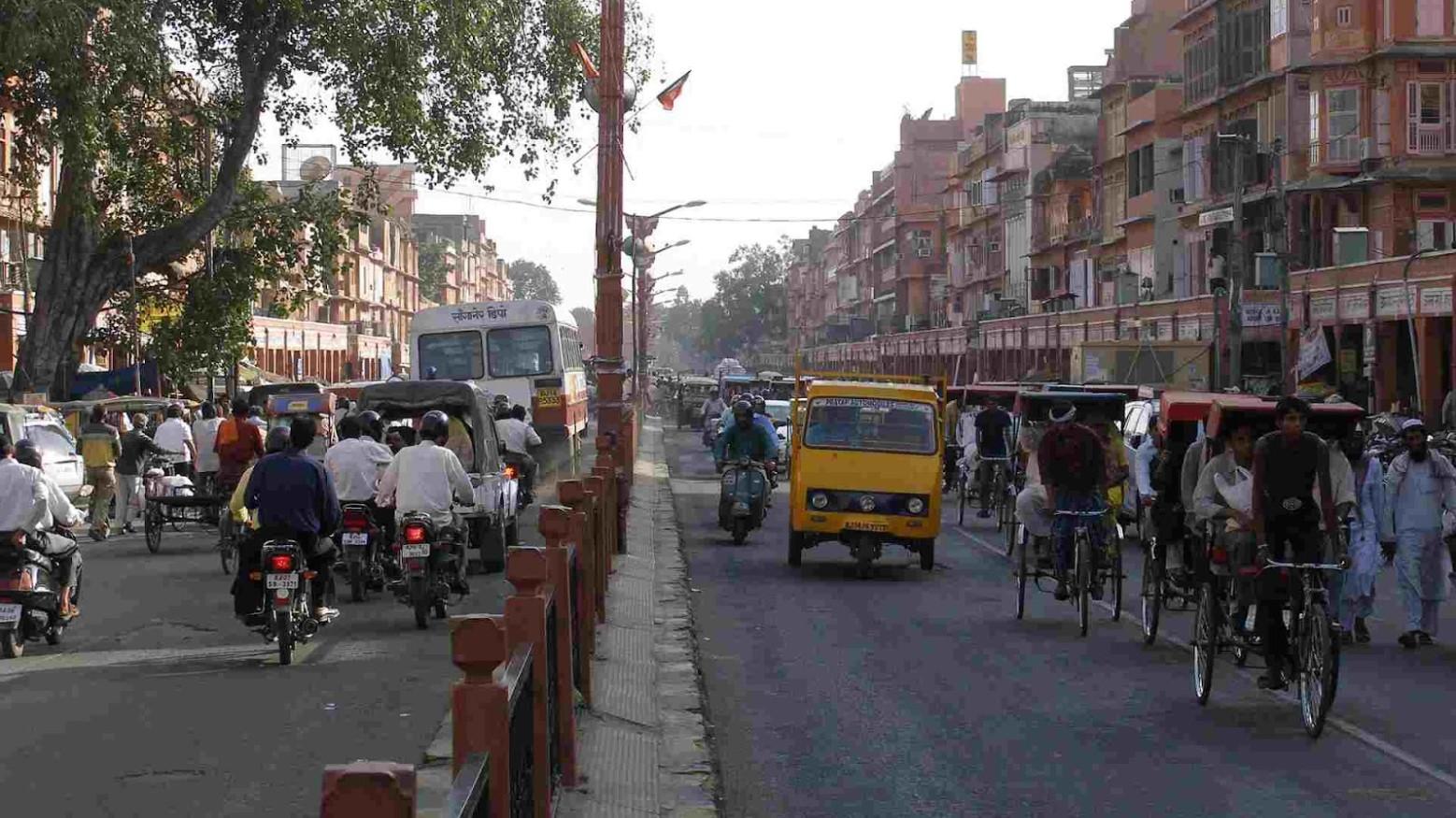
Right-wing groups in India have become more outspoken on controversial movies made in the country. Their statements and actions have put pressure on companies and the Indian government to remove films and movies that offend these groups’ religious sensibilities.
Despite the popularity of these film projects on streaming platforms, films like Annapoorani and ‘The Kashmir Files’ have nonetheless been removed after protest campaigns from religious groups.
Objectionable Content in Annapoorani
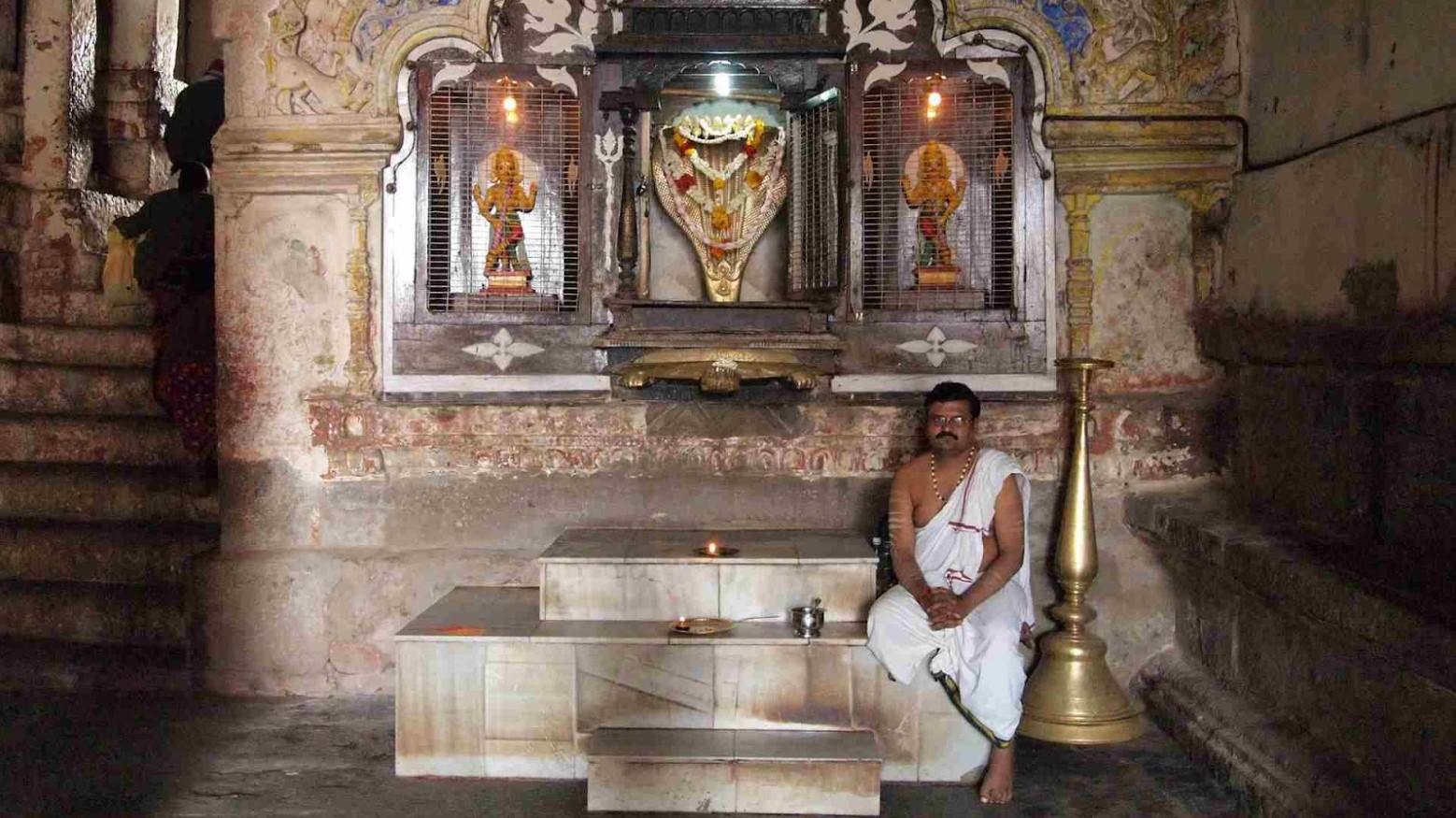
‘Annapoorani: the Goddess of Food’ received backlash from right-wing and religious people in India due to its portrayal of meat eating in the film. The film’s protagonist, a young woman, dreams of becoming a famous chef. Unfortunately, her family belongs to a vegetarian group in India called the Brahmins who disapprove of her goal.
In traditional Indian society, Brahmins are a higher caste who view vegetarianism as a spiritual practice and detest killing a living animal to survive. The movie offended both Hindus and Brahmins in India.
Annaporrani’s Short Run
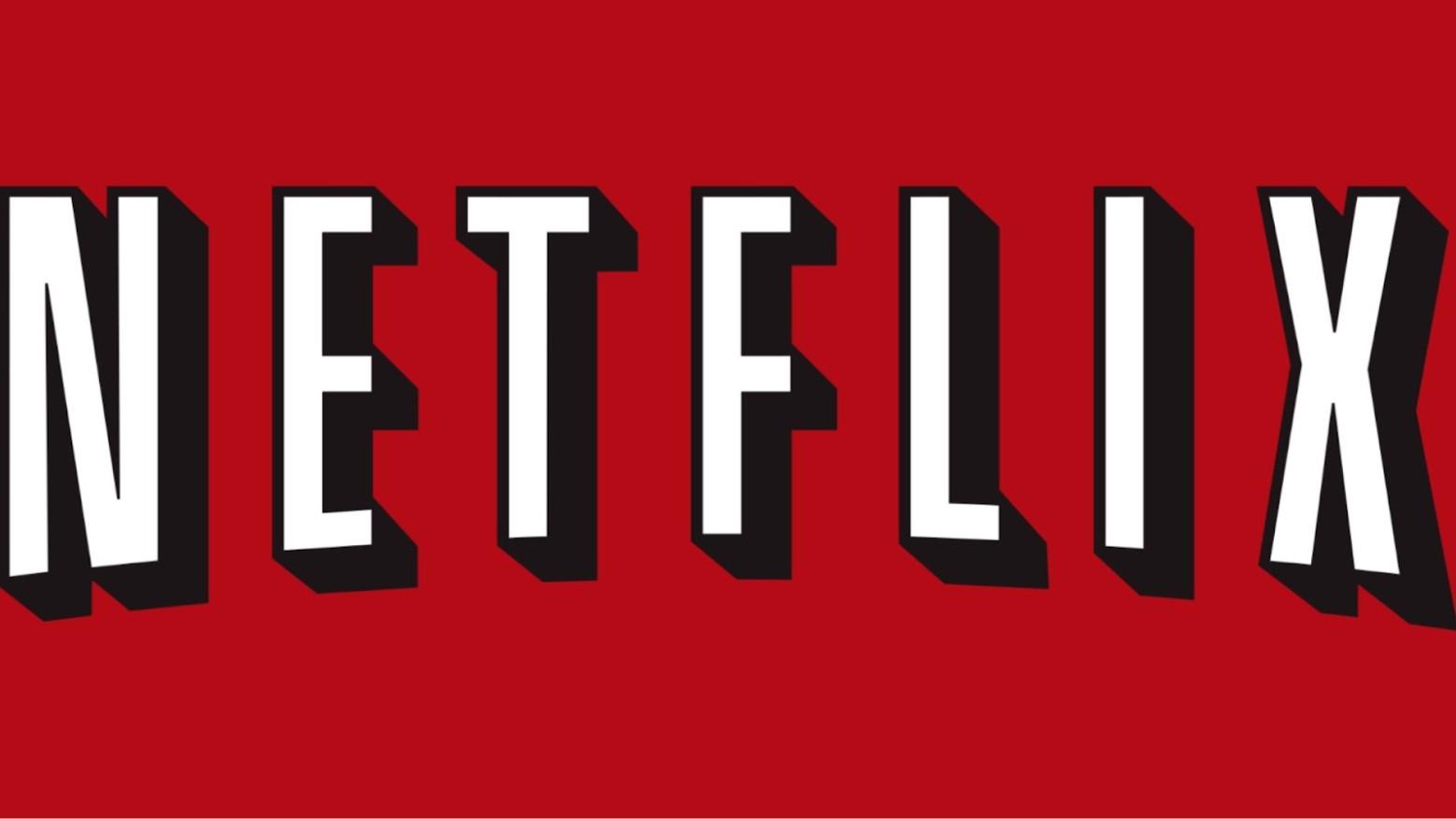
Netflix released the film on December 29 to instant popularity. Shortly after its release, it already became the top trending film on India’s Netflix.
Just as quickly as Annaporrani made a splash, it was quietly removed from the Netflix platform not even two weeks later. The film’s production studio, Zee Entertainment sent a letter to the Prime Minister apologizing for hurting religious sentiments.
Police Investigation

Pressure from right-wing groups has led to the start of a police investigation into the film. These groups filed a First Information Report (FIR) with the criminal justice system. This report required Indian police to open an official investigation into the complaint.
The complaint lists grievances that allege the film “promotes enmity between different groups” and outrages religious feelings, according to CNN.
Speech Laws in India
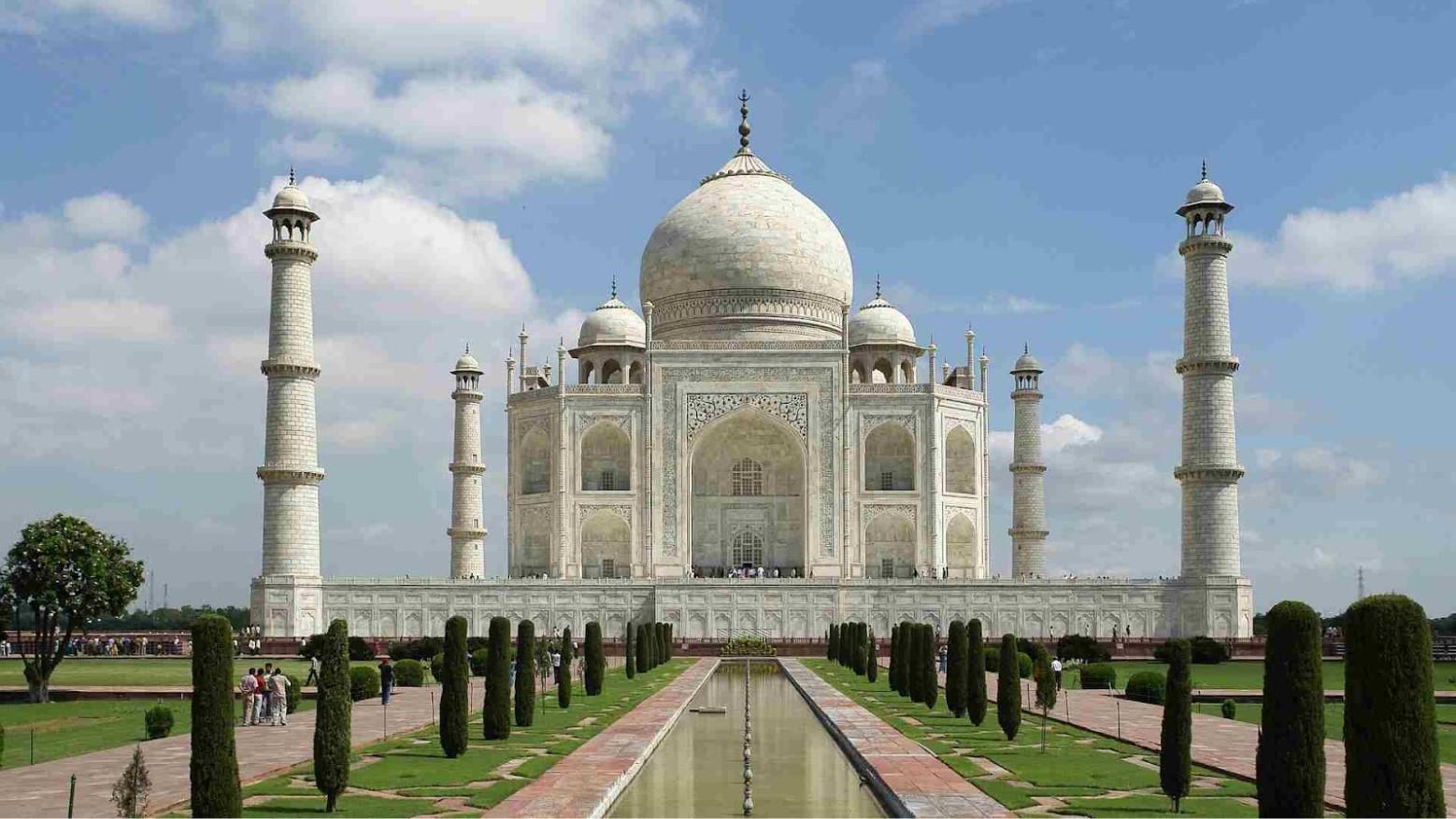
The laws in India contain provisions to restrict hate speech from being openly espoused by people and in the media. These laws were put in place to stop escalating tensions between different groups in Indian society.
India is known for its historical caste system, where certain communities received privilege and status over others. These hate speech laws have been used as a weapon by various groups to get speech they don’t approve of restricted or removed.
Hindu IT Cell’s Protest
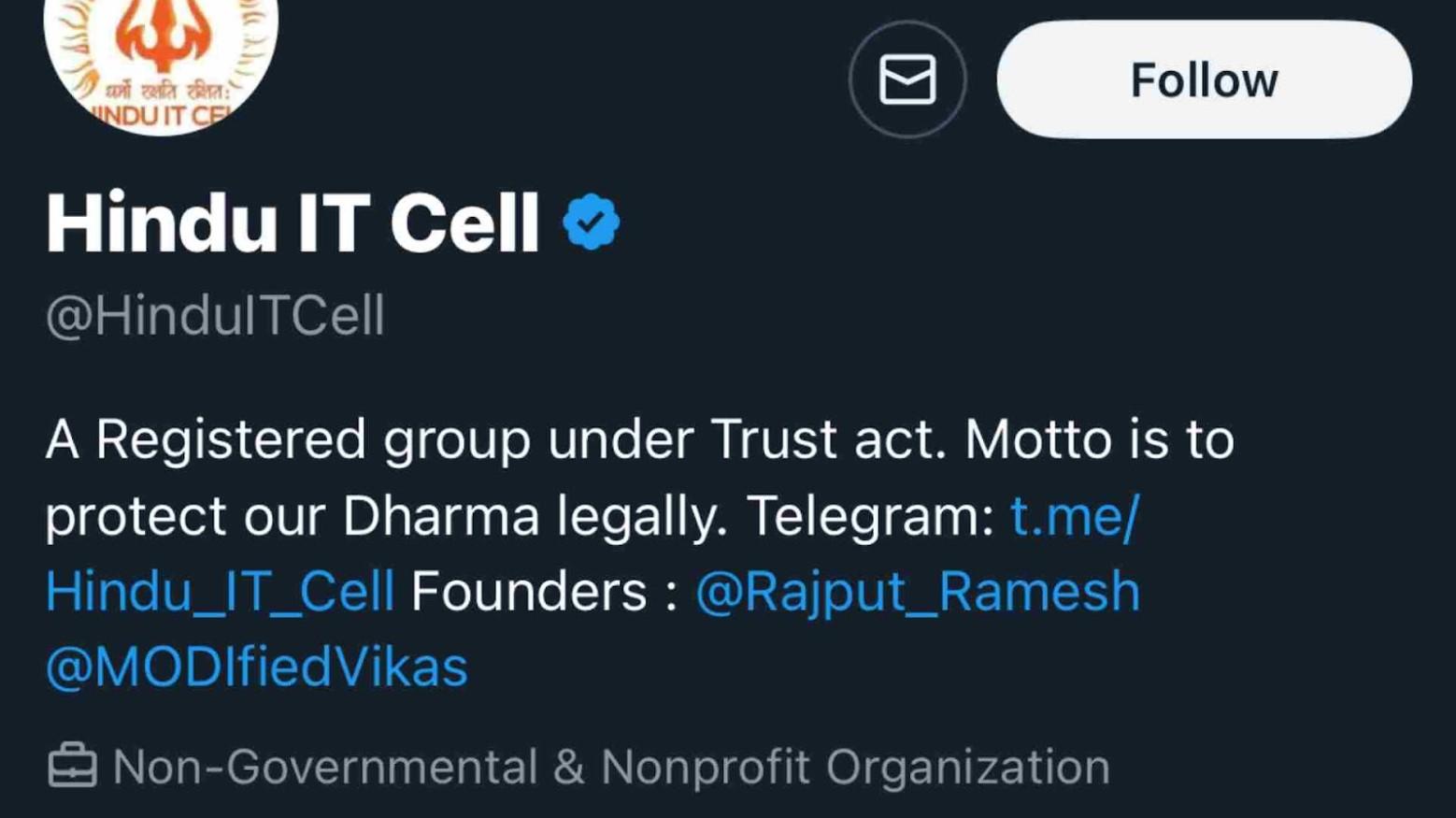
The Hindu IT Cell is one group that is protesting the film, alleging that it is illegally defaming Hinduism. Ramesh N Solanki, the founder of the group, told CNN that the film was “intentionally released to hurt Hindu sentiments.” Solanki told the New York Times that he is “a very proud Hindu Indian nationalist.”
Solanki submitted a complaint to the police on January 6. On Hindu IT Cell’s X profile, they state their motto “is to protect our Dharma legally.”
Rising Influence of India’s Right-Wing
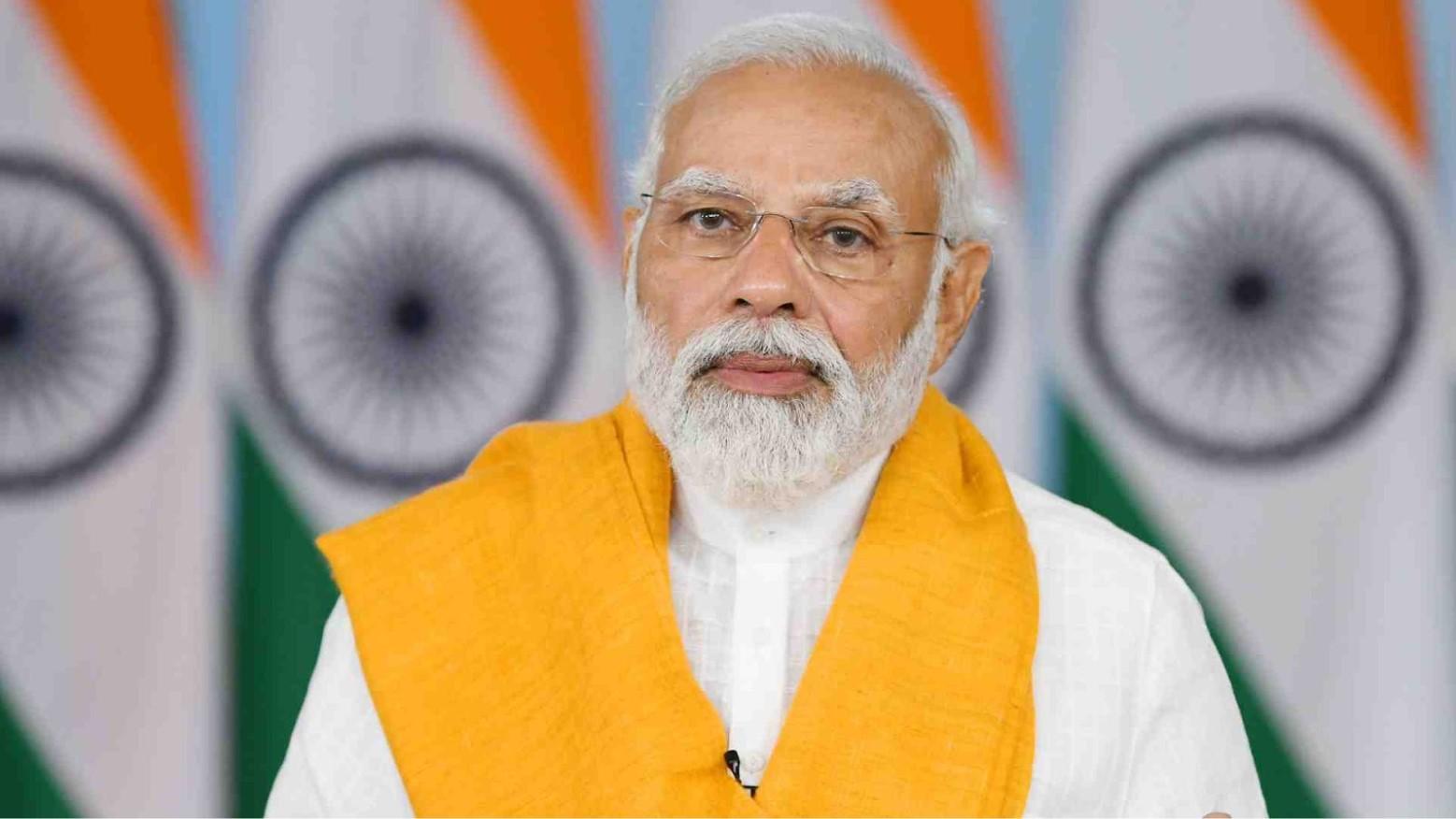
Activists and observers of media in India are pointing to this latest flashpoint as evidence that right-wing groups have increasing influence over India’s culture.
India currently has a right-wing Prime Minister, Narendra Modi. Some in India see Modi as a controversial figure, who was banned from entering the United States in 2005. His ban was rescinded once he attained the office of Prime Minister in 2014.
India’s Poltics
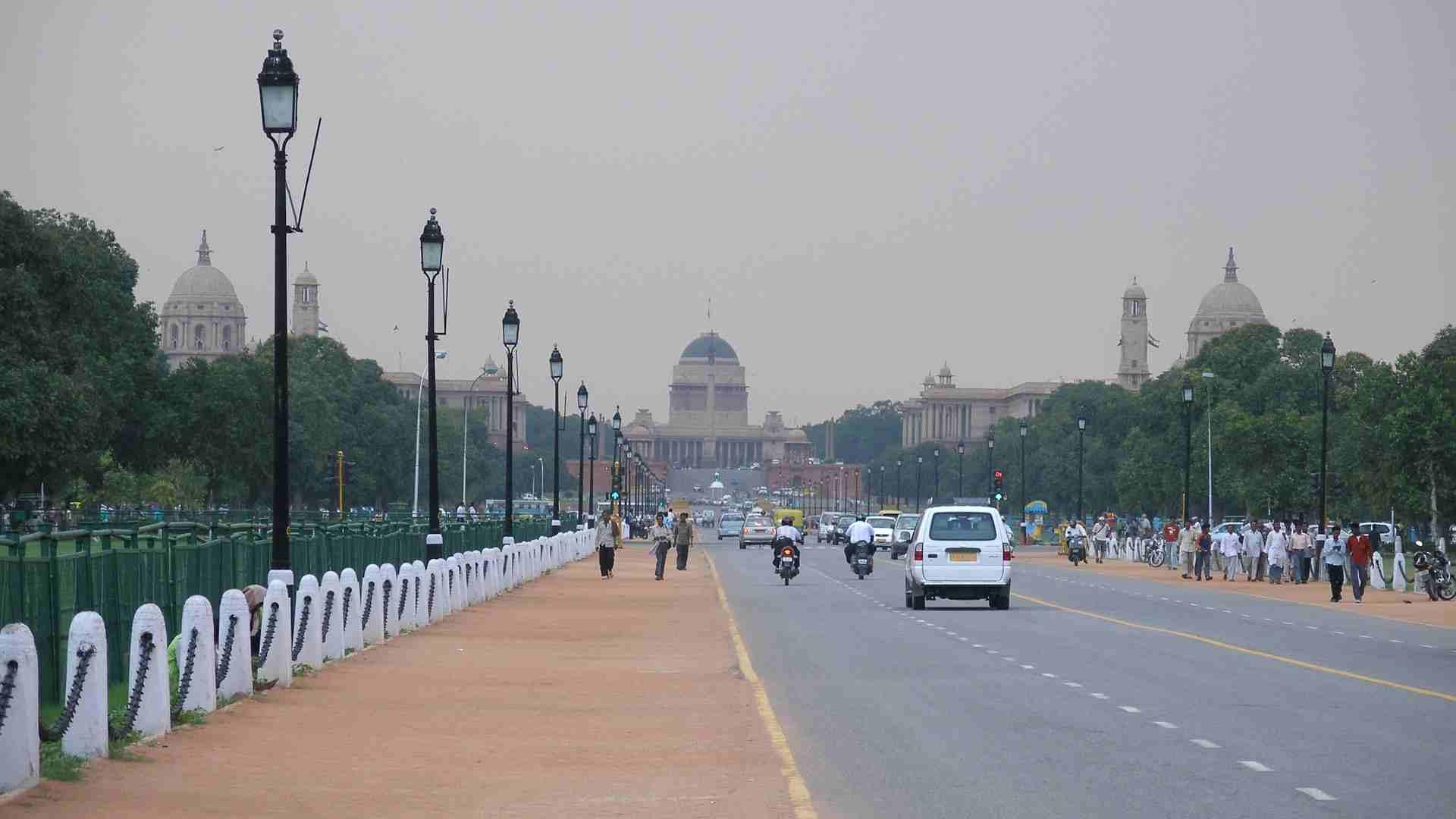
The political system in India is governed by multiple parties. The Election Commission of India grants a political party recognition and registration which allows it to get broadcast time on television and other perks.
The National right-wing BJP holds an overwhelming majority of seats in state assemblies. They currently hold 1,481 seats in state assemblies and control 165 state councils.
Free Reign for the Right Wing
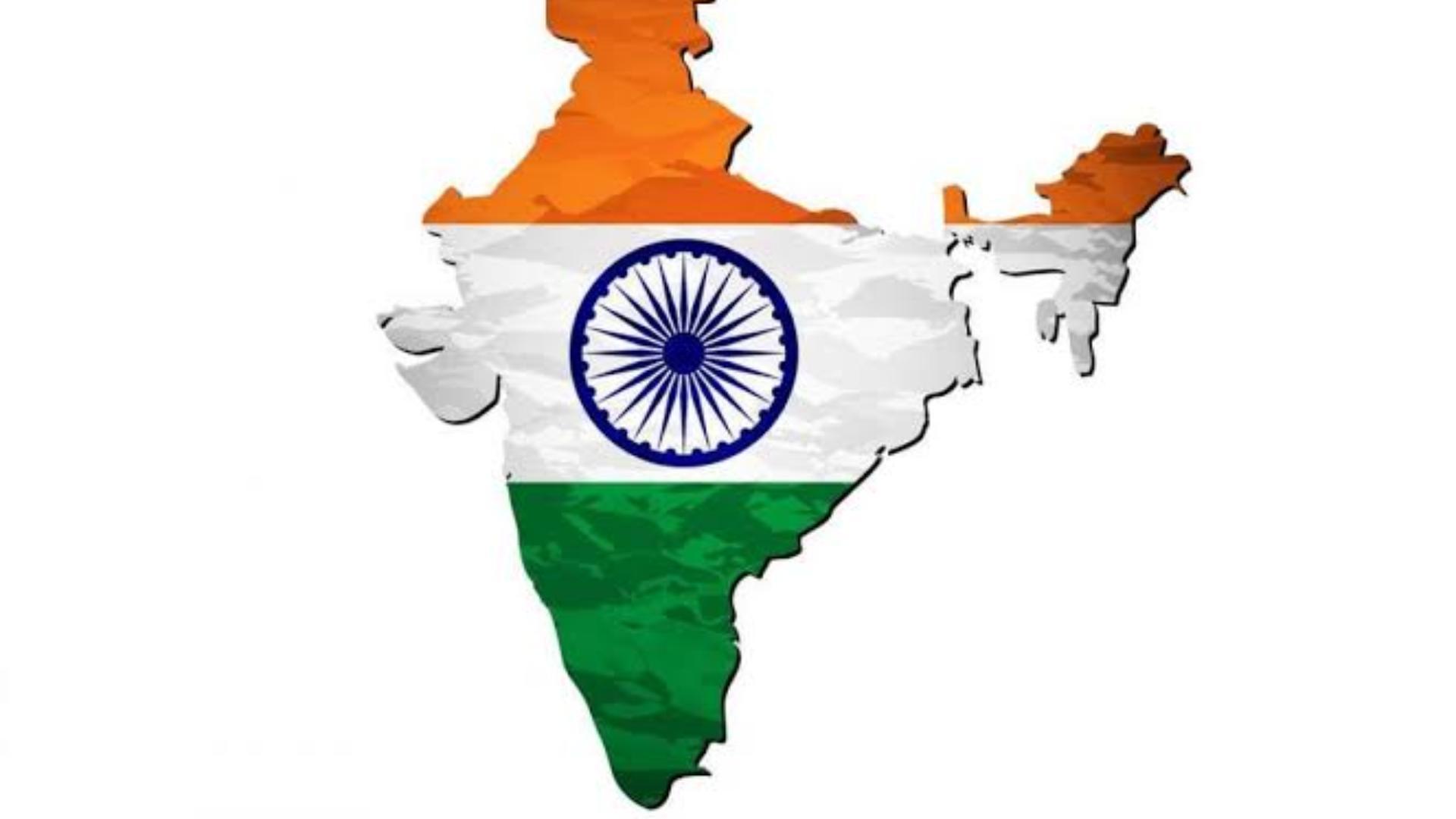
Because of the strong political position of the right-wing BJP in India, they essentially have free reign to implement their political goals without much opposition.
Indian right-wing extremism has been rising in recent years, with those subscribing to Hindu supremacy being a major group that is tearing the country apart. The Guardian reported on the rise of anti-Muslim vigilantes in 2020.
Censorship Worries
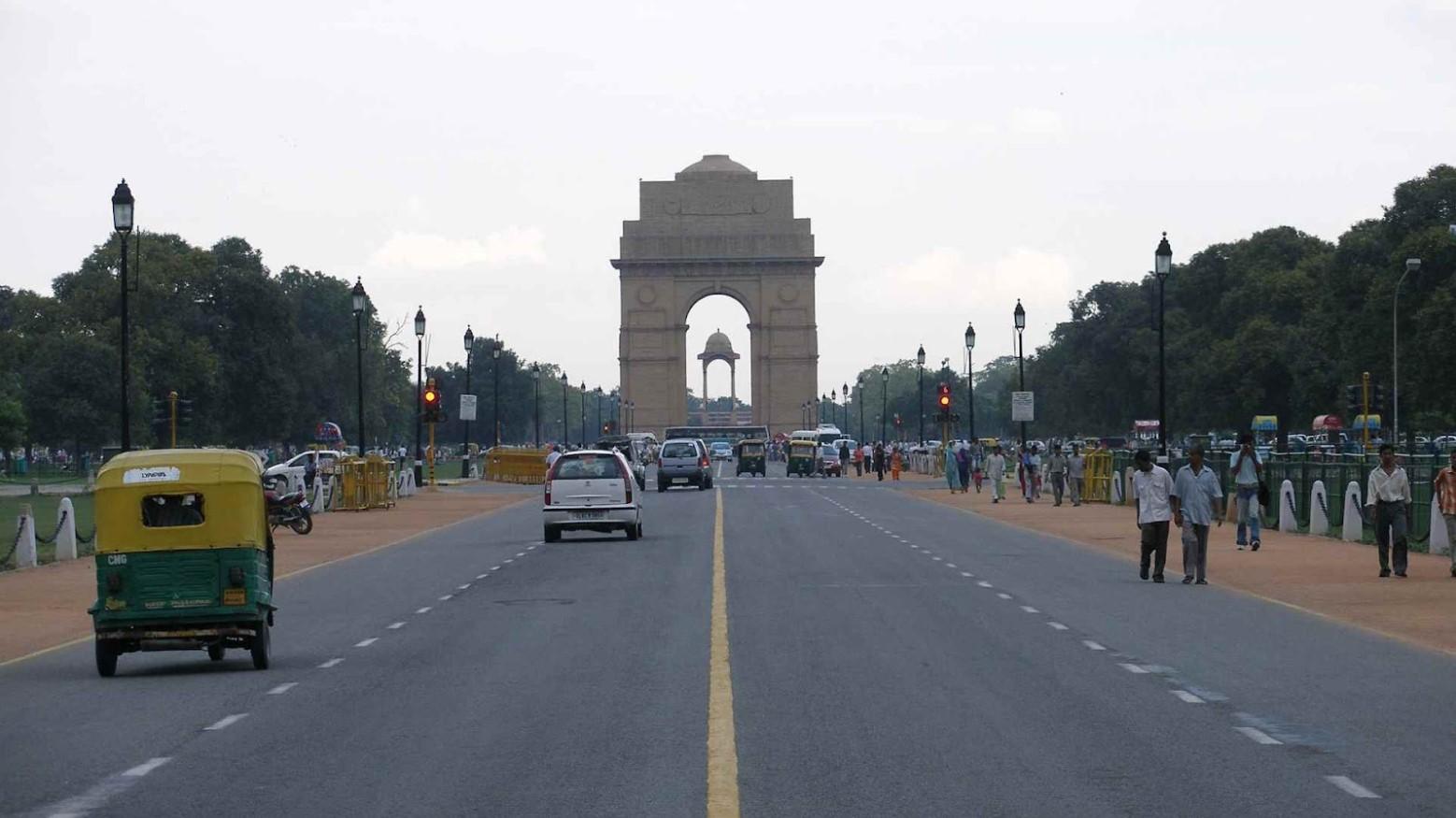
This latest example of a film being removed in India has reignited fears of the consequences of doing business in the country. The past few years have seen major projects being censored or removed, costing companies like Netflix money.
Having to worry about the fine line they need to tread to not offend certain viewers might lead to Netflix not wanting to take any risks on future projects.
Netflix Willing to Bow to Censorship

When push comes to shove, Netflix has indicated that it would fold to pressure to censor their streaming service to allow them to stream to Indian customers.
The Hindu reported in December 2023 that Netflix removed uncensored versions of Indian films from its service. Some in India were upset because Netflix was one of the last places that someone could see the uncensored versions of these films.
Central Board of Film Certification

The Indian Government has a film certification organization responsible for censoring films before they are shown in theaters and on television. This organization is called the Central Board of Film Certification (CBFC).
Activists in India are critical of the organization for its increasing tendency to censor political messages from cinema. For example, in the film “Pathaan”, a villainous character was changed from an ex-KGB agent to an ex-agent of a Ukraine intelligence service.
Supreme Court in India Supports Censorship

The Supreme Court of India has provided justification for film censorship in the past.
In a 1989 judgment, the court said that “‘Film censorship becomes necessary because a film motivates thought and action and assures a high degree of attention and retention as compared to the printed word. The combination of act and speech, sight and sound in semi darkness of the theatre with elimination of all distracting ideas will have a strong impact on the minds of the viewers and can affect emotions.”
A Suitable Boy Boycott
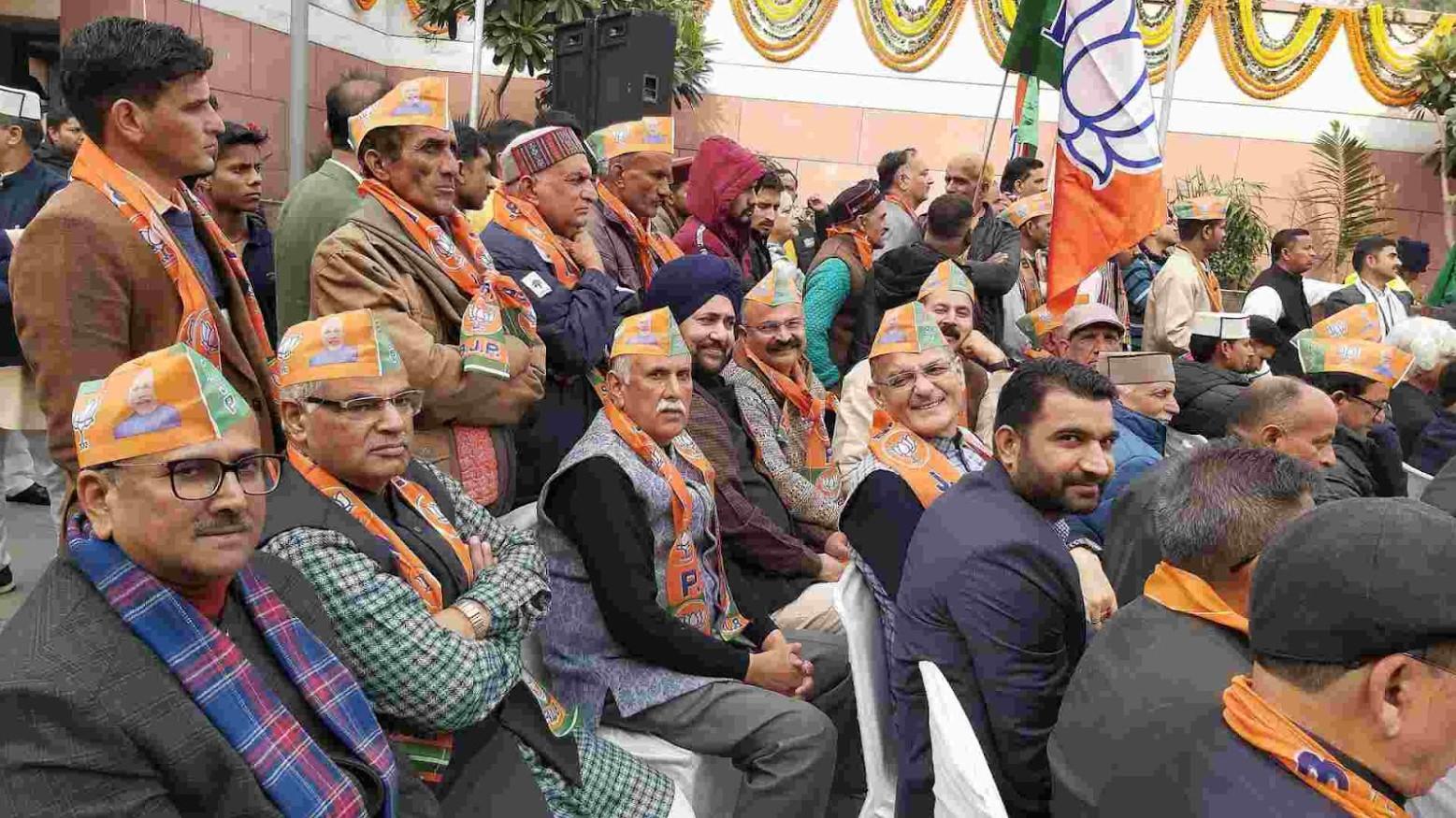
Another risk for Netflix with their business in India is the risk of being boycotted. In 2020, Indian users of Netflix threatened to boycott the streaming service after a series depicted a Hindu woman kissing a Muslim man.
The series, called ‘A Suitable Boy’ had inter-religious relationships as one of its major themes. The kiss set off reactions from religious groups and even members of Modi’s right-wing Bharatiya Janata Party (BJP) who spoke out.
Hindu Nationalist’s View of Bollywood
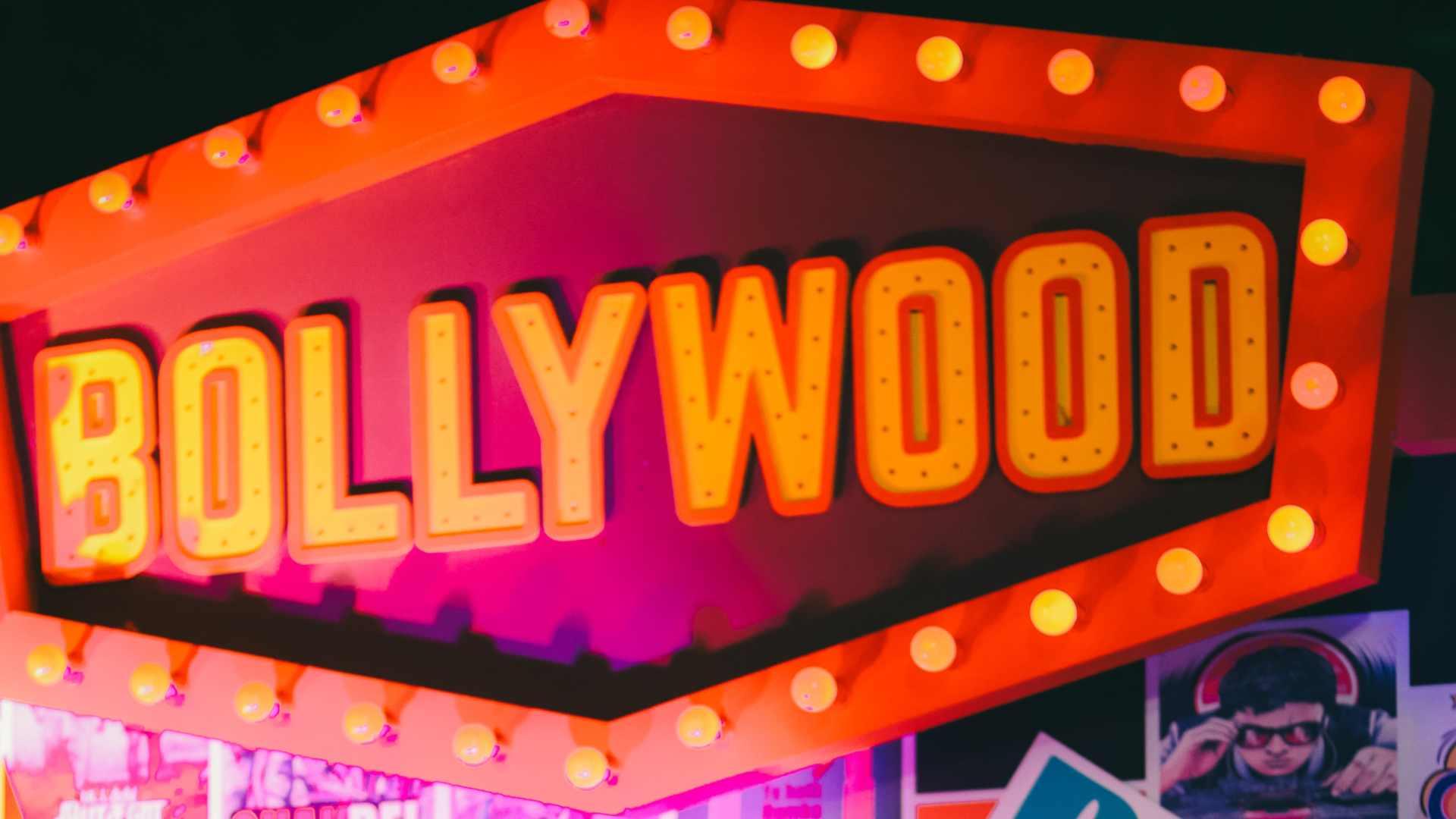
Some of the boycotts against India’s film industry, often referred to as Bollywood, are orchestrated by Hindu nationalists.
These nationalists view the film industry as keen on expressing anti-Hindu sentiments and having an overwhelmingly positive pro-Muslim agenda. The effect of these boycotts has had a chilling effect on movie industry producers, who try to avoid certain topics.
Netflix Expanding Into Asia
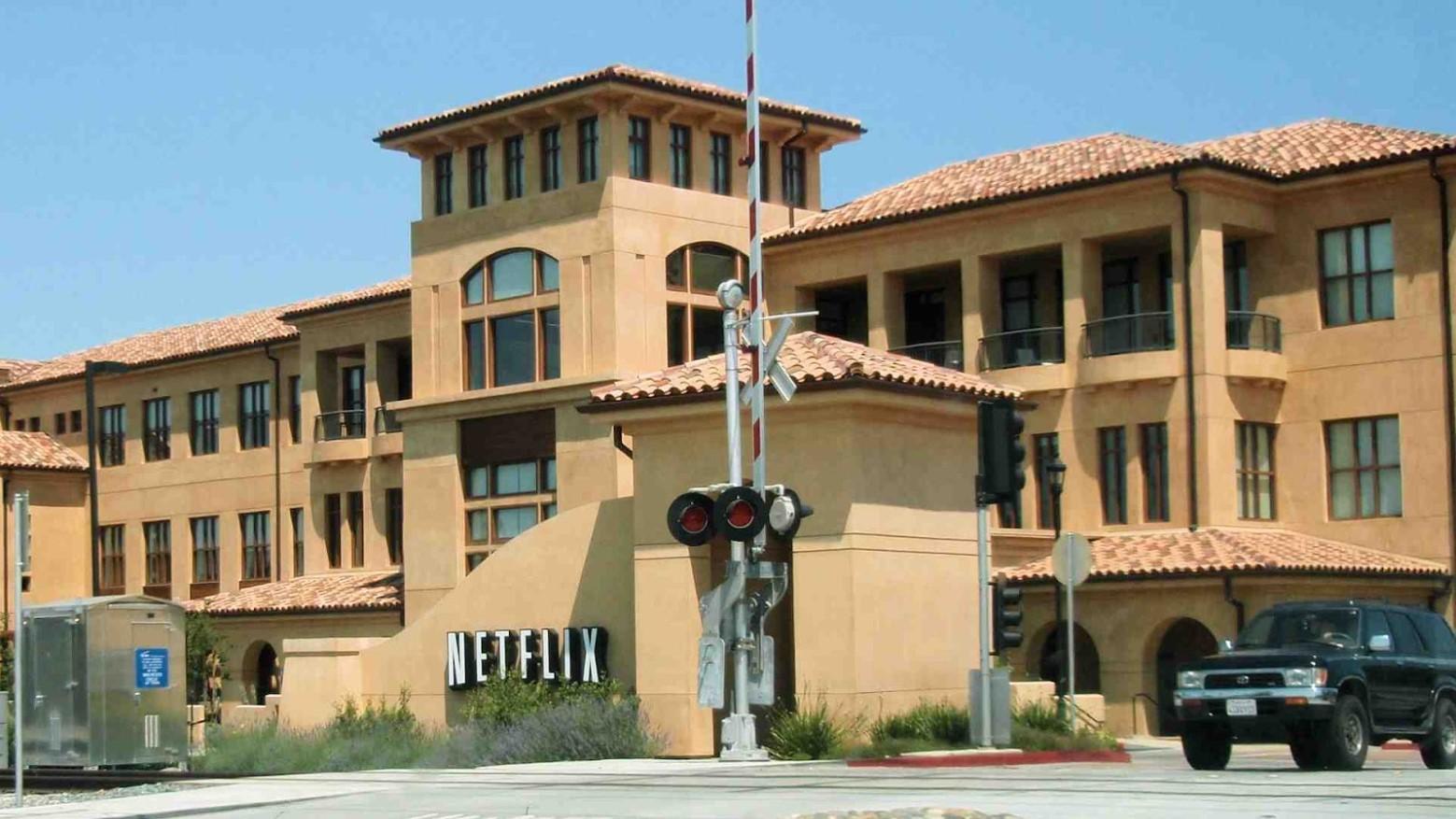
This incident may also put a damper on Netflix’s plan to increase its market share in Asia. Their previous strategy was to get a foothold in India by introducing more Indian original movies and content.
Netflix also began producing original series for other Asian countries like Japan, South Korea, and Taiwan. The company sees Asia as an untapped market with an excellent opportunity for user growth.
Market Potential in Asia
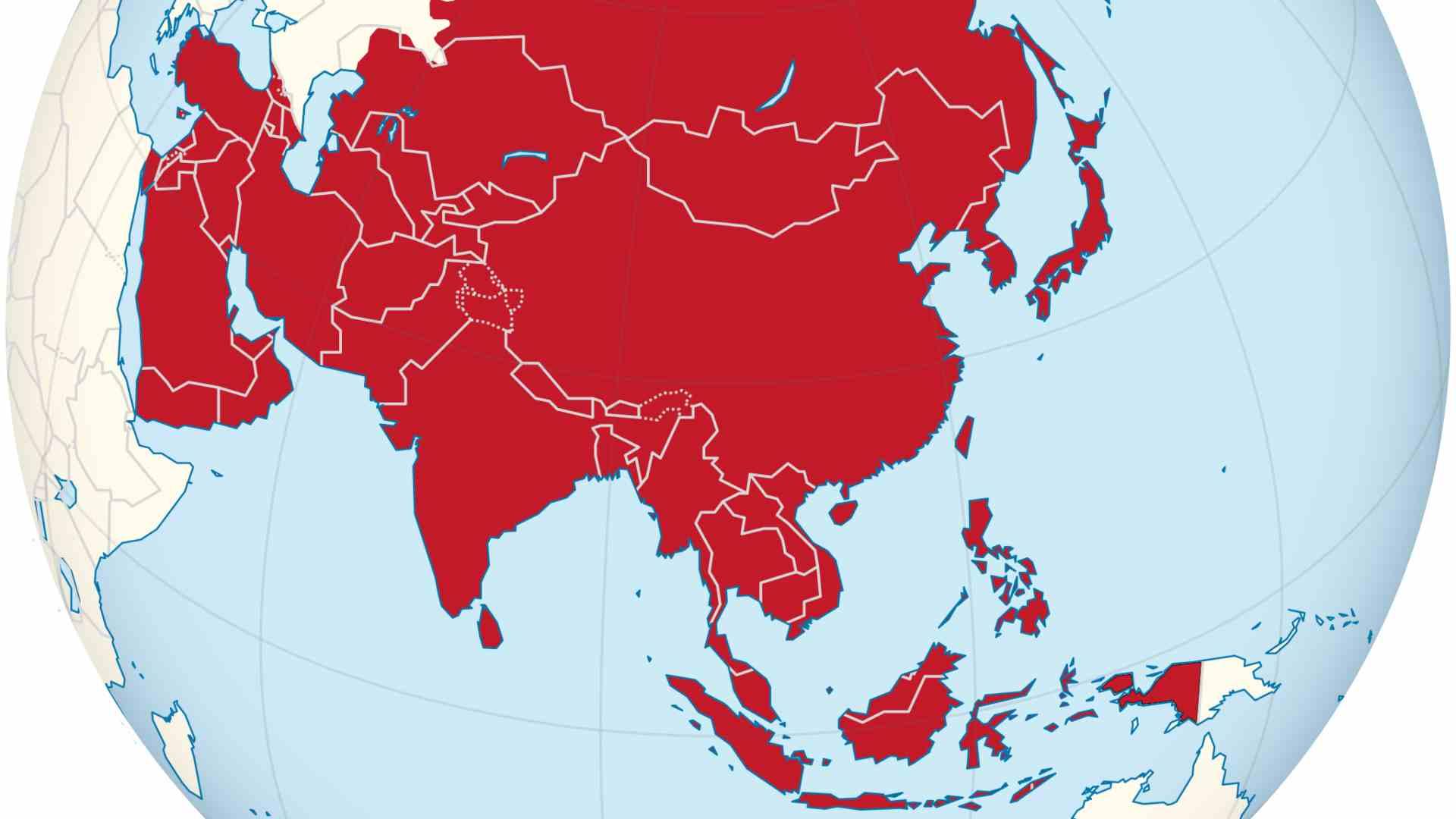
It’s hard for Netflix to resist the allure of ramping up their Asia operations despite the limitations. Time Square Investment Journal reported in 2020 Netflix doubled spending in Asia that year.
According to Nikkei Asia, the Asia-Pacific market for Netflix accounted for 80% of the company’s user growth in quarter 1 of 2023. Netflix is chasing those highs even if the results of their investments have been mixed.
Expanding Internet in India

In the past few years, India has seen a huge growth in citizens who now have stable access to an internet connection.
According to data on Statista, India’s internet availability increased by four times in just 12 years. In 2012, India only had a 12.6 percent penetration rate. However, in 2022, that number increased to 48.7 percent. This is a massive increase and India still has a lot of potential for growth.
India’s Population

Although the internet penetration rate in India has not even reached 50 percent in the country, the size of its population makes this number formidable. Even at 48.7 penetration that is a total number of 692 million people.
This number alone makes India second place in the world when it comes to active internet users, according to Statista. Statista estimated the total population of India to be around 1.42 billion people in 2022.
India May Surpass China Soon

In 2023, Time Magazine reported that India will soon surpass China’s population, which is the current most populous country.
A U.N. report projects that India will reach 1.428 billion people in 2023 while China will only reach 1.425 billion. As India surpasses China to earn the top spot, many companies will be evaluating how to take advantage of this emerging market.
Beating the Competition

With an aggressive strategy to expand into Asia, Netflix is hoping to get a leg up on its competitors. Another popular streaming service, Hulu, does not currently offer services outside of the United States.
Although service is normally confined to US territories, Hulu does allow streaming to US military bases in other countries. Service members can only access Hulu directly from the military base.
Prime Video in India
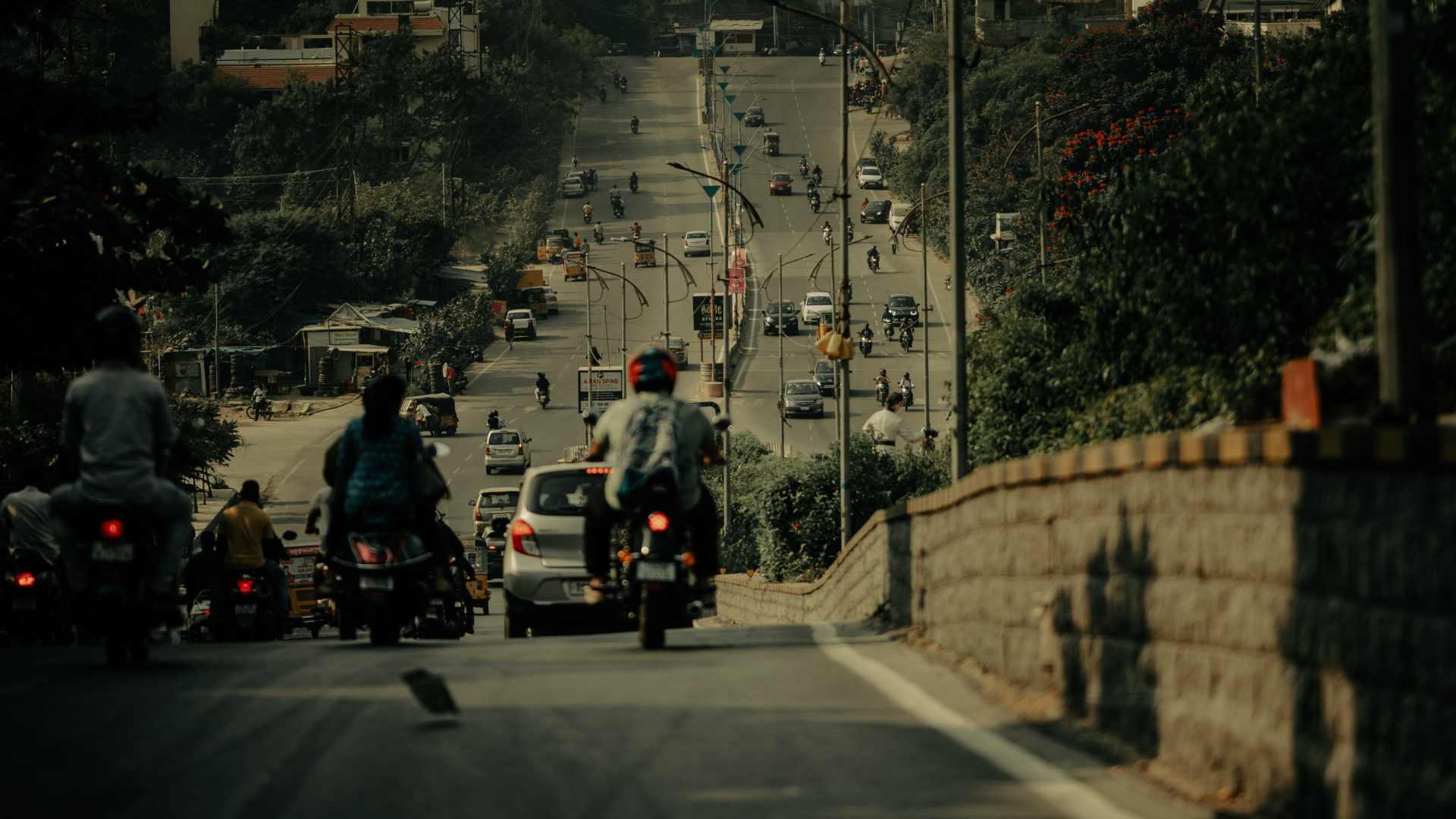
Variety Magazine reported that 2023 was a record year for Amazon Prime’s video service Prime Video in India.
They invested in creating 22 different series and three feature films for the Indian region. Prime Video has been available in India since 2016 but is starting to see recent dividends. Variety reported India has the highest percentage of members watching Prime Video each month than other Prime Video regions.
Stricter Government Regulations May Be Coming
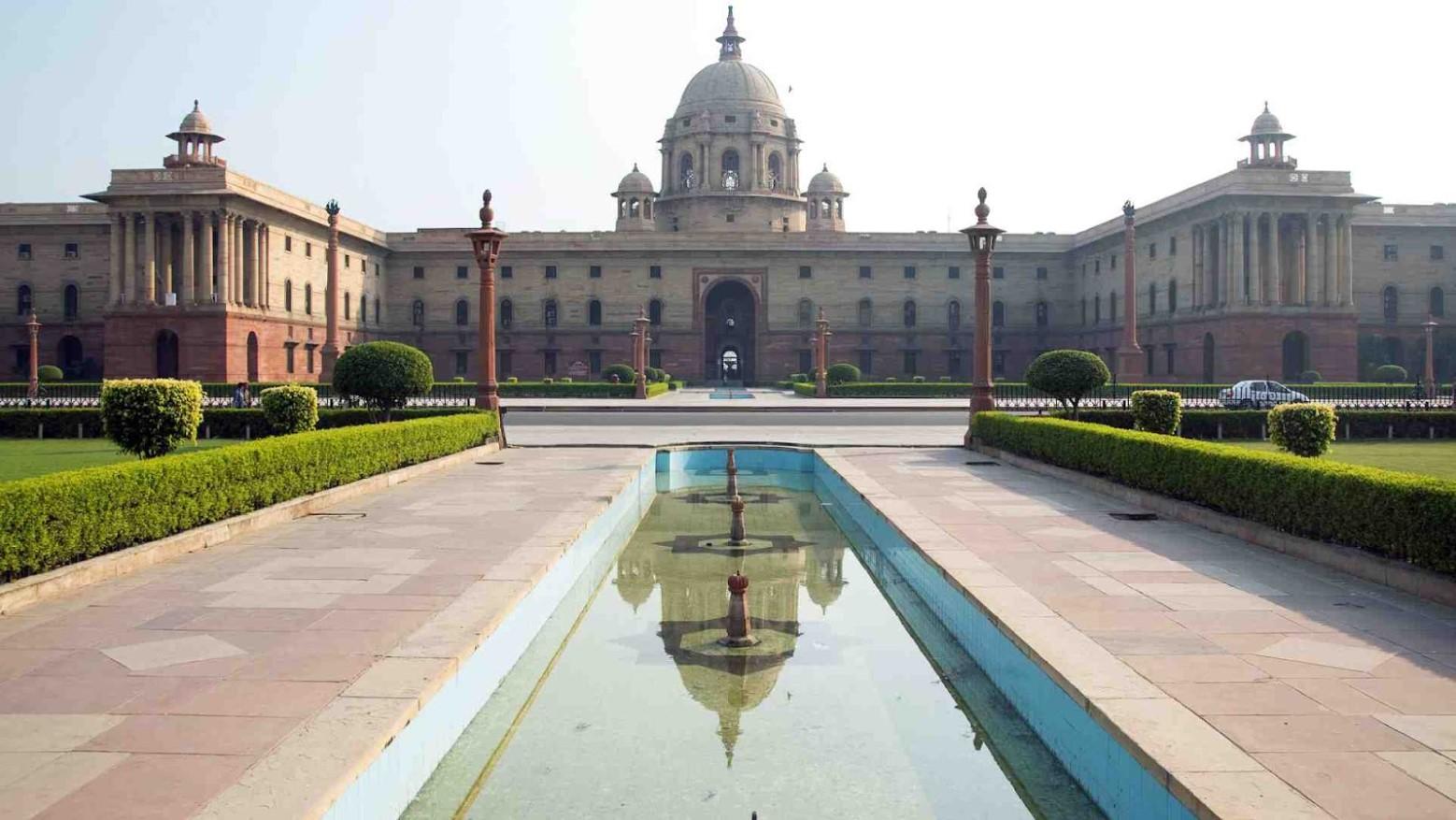
For a long time, India’s government took a hands-off approach to regulating media produced in the country. However, in 2020 fresh regulations were laid out to stop the proliferation of content offensive to different groups in India.
The Washington Post reported the government is intent on restraining Indian citizen’s speech on social media platforms like X, YouTube, and Facebook. Officials have put in place more restrictions that prevent people from criticizing Prime Minister Modi and the BJP.

